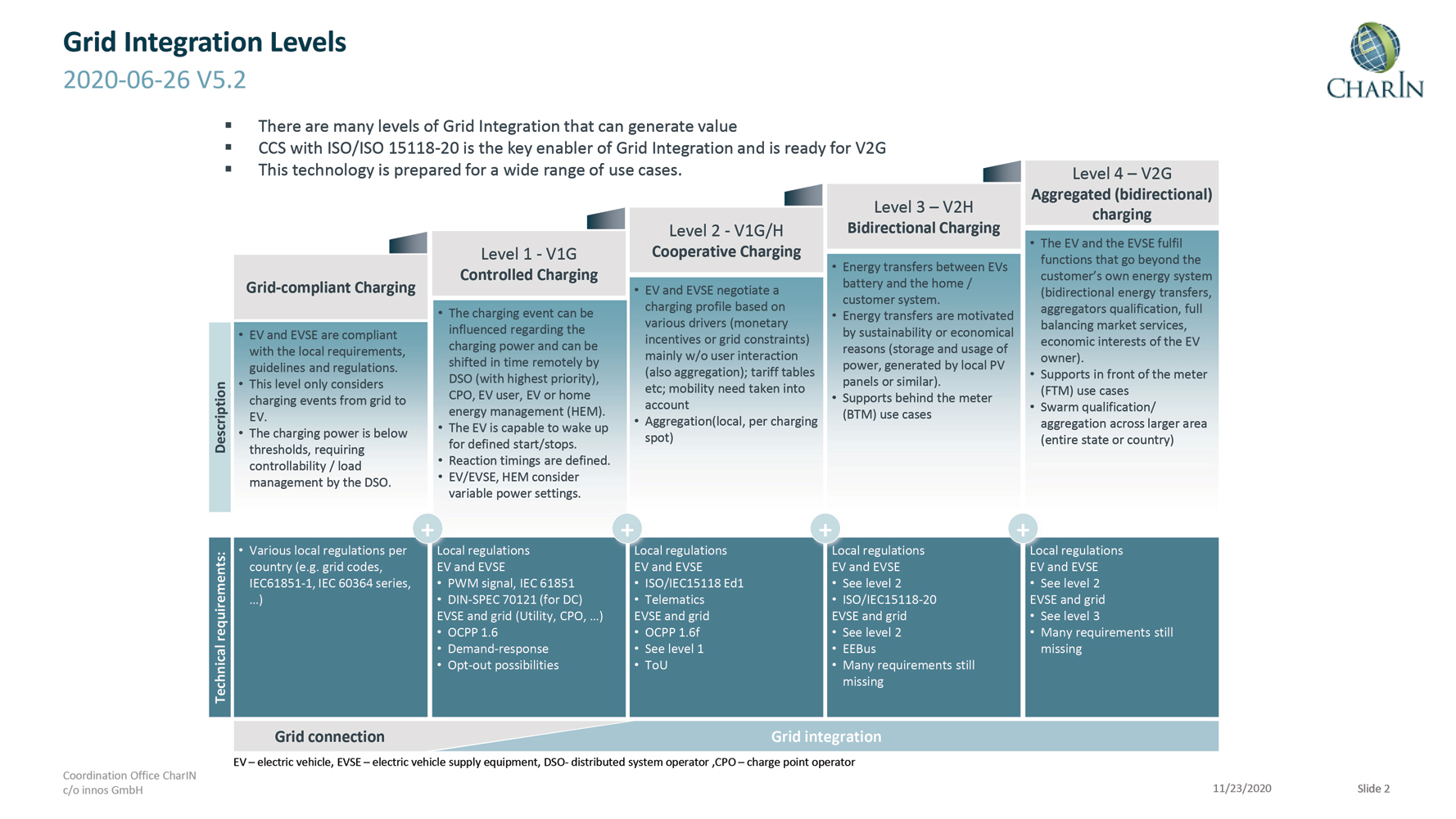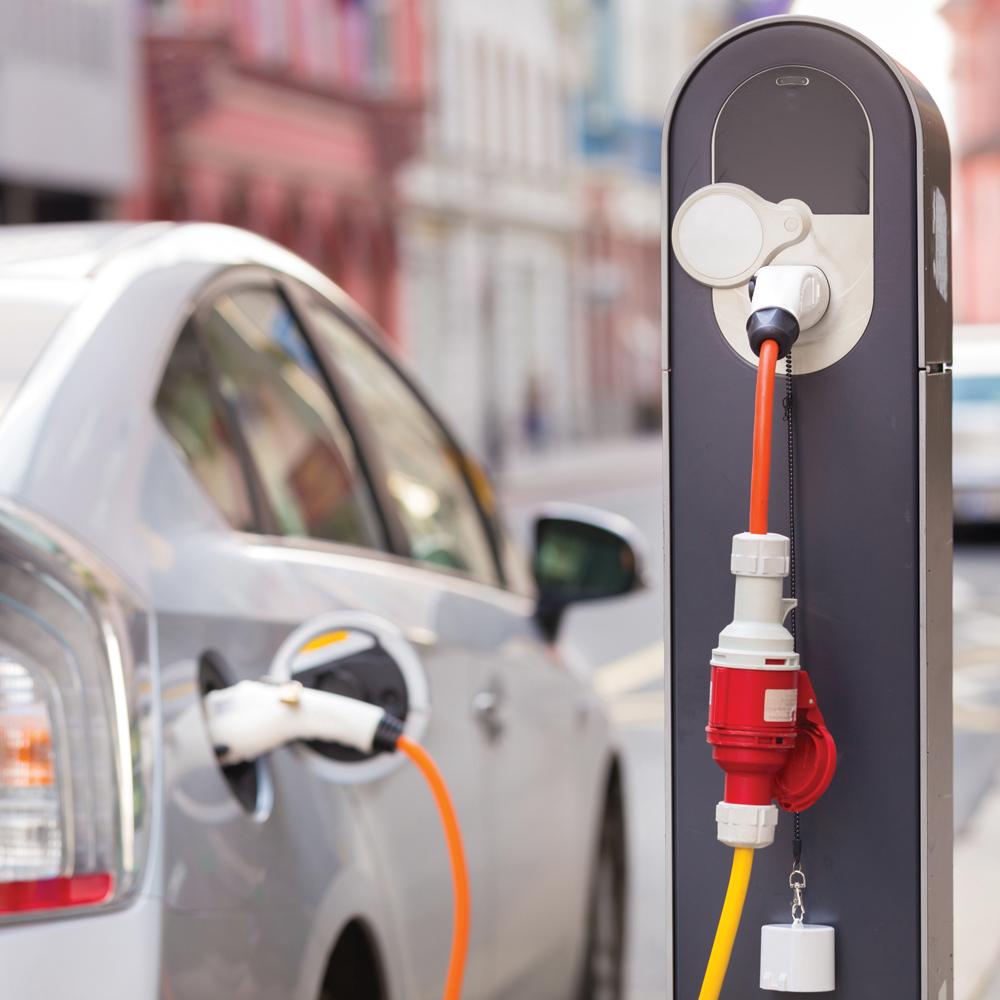
- Support portal
- Evaluation Kits and partner products
u-blox Support
- Product documentation
Documentation
- Investor relations
Investor relations

Early car owners were pioneers. Bravely trading in a horse and fodder for a combustion engine and fuel, they were the first to experience the benefits of motorized personal mobility. Prepared to pay a price for the prestige that came from being an early adopter, they would pour fuel into their Model T’s gas tank - located under their driver’s seat – using a funnel. It was a messy, inconvenient process that not everyone was willing to put up with.
Smoothing out these and other early wrinkles took time. But once gas stations had proliferated, using standardized fuel and a common nozzle (designed to fit the Model T), others began to see value in gasoline-powered mobility, as well. Entrepreneurs entered fierce competition over a growing customer base, improving quality of service and driving down prices. And once the public, businesses, and national authorities had aligned their forces, the sale of internal combustion engine cars, and thus of car ownership, truly took off, leaving battery-powered vehicles behind.
National governments are becoming more assertive in their efforts to promote electric vehicles, recognizing the role they will play to meet CO2 emissions targets.
Fast-forward to today, and the growing electric vehicle market is facing a similar challenge. Plugging an electric vehicle is less messy and smelly, but charging times are long. And because charging station networks are still under development, “range anxiety” has become common among today’s early adopters. Meanwhile, around a century of constant improvement has made the quick stop at the gas station a painless or even welcome ritual for drivers, who see it as a moment to take a break, stretch their legs, and grab a snack or a coffee.
Fill out this form to stay up to date with new ideas and emerging technology from u‑blox.
Electricity’s trump cards
As the incumbent fuel source, gasoline and diesel have several advantages over new joiners: a long history resulting in well-forged consumer habits, powerful vested political and commercial interests, and an extensive and well-established supply chain. EV charging will have a very high bar to clear, both in terms of user experience and support from businesses and public authorities, just to be able to compete. Fortunately, electricity has a few trumps of its own.
While fossil fuels are notoriously scarce, electricity can be generated sustainably and delivered anywhere, piggybacking on existing infrastructure. It’s far less prone to exploding, and, when produced using renewable sources, it neither smells nor pollutes. While standard AC charging is slow, fast AC charging and even faster DC charging considerably cut charging times. And with the advent of automatic charging devices that connect to the vehicle using a robot arm, or of inductive (wireless) charging, topping up the battery could become an entirely hands-off affair. There’s a lot there for users to like, today and well into the future.
National governments, too, are becoming more assertive in their efforts to promote electric vehicles, recognizing the role they will play to meet CO2 emissions targets, with the list of countries phasing out fossil-fuel-powered vehicles in favor of greener electric ones getting longer every year. And more and more automakers are backing the transition as well, with Volvo, Volkswagen, and General Motors among those having publicly shared their roadmap on how they intend to achieve this ambition. To meet demand for electric vehicle charging, the EU, to cite but one example, estimates that it will need another 3 million public EV charging stations on its territory by 2030, up from around 200,000 installed at the end of 2020.

And power utilities also have an interest in pushing adoption as well. While gasoline and diesel can be stored in gigantic tanks, allowing the creation of reserves, storing electricity at scale remains difficult. By and large, the production and consumption of electricity need to be balanced at all times to avoid destabilizing the power grid. Power utilities have mastered this balancing act on today’s grid. But the rise of renewable and largely intermittent energy sources, primarily solar and wind, both subject to the whims of the weather, threatens this accomplishment. Meeting the additional power demand of 770 terawatt hours required by electric vehicles in China, the EU, and the US compounds the challenge further still.
The trend is for vehicles to take on an increasingly sophisticated role as active elements in electricity networks through grid integration, which is mediated by vehicle-to-grid communication (V2G).
Grid and cloud connectivity
Electric vehicles spend most hours of the day parked at home or at the workplace, often plugged in to the grid. While today’s EVs simply draw power from the power grid, the trend is for vehicles to take on an increasingly sophisticated role as active elements in electricity networks through grid integration, which is mediated by vehicle-to-grid communication (V2G). With the considerable power storage their batteries offer, electric vehicles represent a massive, decentralized battery, capable of absorbing electricity from the grid when produced in excess and supplying it to cover spikes in demand. Achieving this requires a high level of grid integration, with bi-directional energy transfer, and, to manage that, bi-direction information exchange between then EV, the building's energy management system, and the grid.
CharIN, an industry alliance promoting a combined charging system that covers slow and fast AC and DC charging, has laid out five levels of grid integration. In Level 1, service providers can influence the charging power and scheduling to optimize grid performance at a system level. Level 2 goes one step further, allowing the EV and the charging station to determine a charging profile that meets monetary and grid constraints. Finally, Levels 3 and 4, defined by the ISO 15118 standard, allow for bidirectional energy transfer between the EV's battery, domestic power sources (PV), and the power grid at large, with an increasing scope (from the user’s own energy system to the neighborhood and beyond.)
The role of wireless connectivity
Because of its flexibility, ease of installation, and affordability, wireless connectivity will play an essential role in creating a streamlined charging experience for end-users, whether at home, at commercial venues, or at highway service stations. Additionally, it will offer a vitally important data pipe connecting the EV with the local power generation infrastructure and the grid at large. And finally, it has the potential to enable a vast suite of added-value services that benefit end customers and generate revenues for service providers.
Because it is the only wireless technology specifically mentioned in the ISO 15118 standard, Wi-Fi is perfectly positioned to become the main communication channel connecting the charging station to the EV as well as to the cloud, in particular in domestic and commercial deployments. Cellular connectivity will likely offer fallback to handle outages in Wi-Fi connectivity, and, in deployments that lack Wi-Fi connectivity altogether, as an alternative communication channel that can be set up anywhere.

Bluetooth will also find use complementing Wi-Fi to handle certification, identification, authentication, and authorization. In charging stations offering automatic connection devices or inductive charging, Wi-Fi can be used to mediate fine positioning of the vehicle relative to the charging infrastructure. And finally, there is a negotiation phase where the targets are set and the energy transfer is scheduled.
Value-added services
As gas stations proliferated in the 1930s, they found themselves in the challenging situation of having to compete at selling a highly standardized product. The result was a wave of differentiation, which led to the variety of filling stations we are accustomed to today – with mini-markets, diners, self-service stations, and so on.
EV charging stations and the companies that manage them will likely face a similar situation as charging poles become more widespread.
Wireless technology and the value-added services it enables could become a differentiating factor persuading users to subscribe to one service provider or another, while generating revenue for the charging station operators. Think complementary highspeed Wi-Fi access while your car is charging, or reduced rates for food deliveries to the charging pole to make the most out of your break.
A seamless charging experience will be vital for electric vehicles to convince anyone but the pioneers - all those that are reluctant to give up the conventional cars that have served them well until now. From reserving charging stations and managing the charging process to coordinating the charging of millions of electric vehicles at the level of the power grid and leveraging their storage capacity to stabilize the grid as a whole, wireless connectivity will be relied upon on every step of the way.

Fill out this form to stay up to date with new ideas and emerging technology from u‑blox.